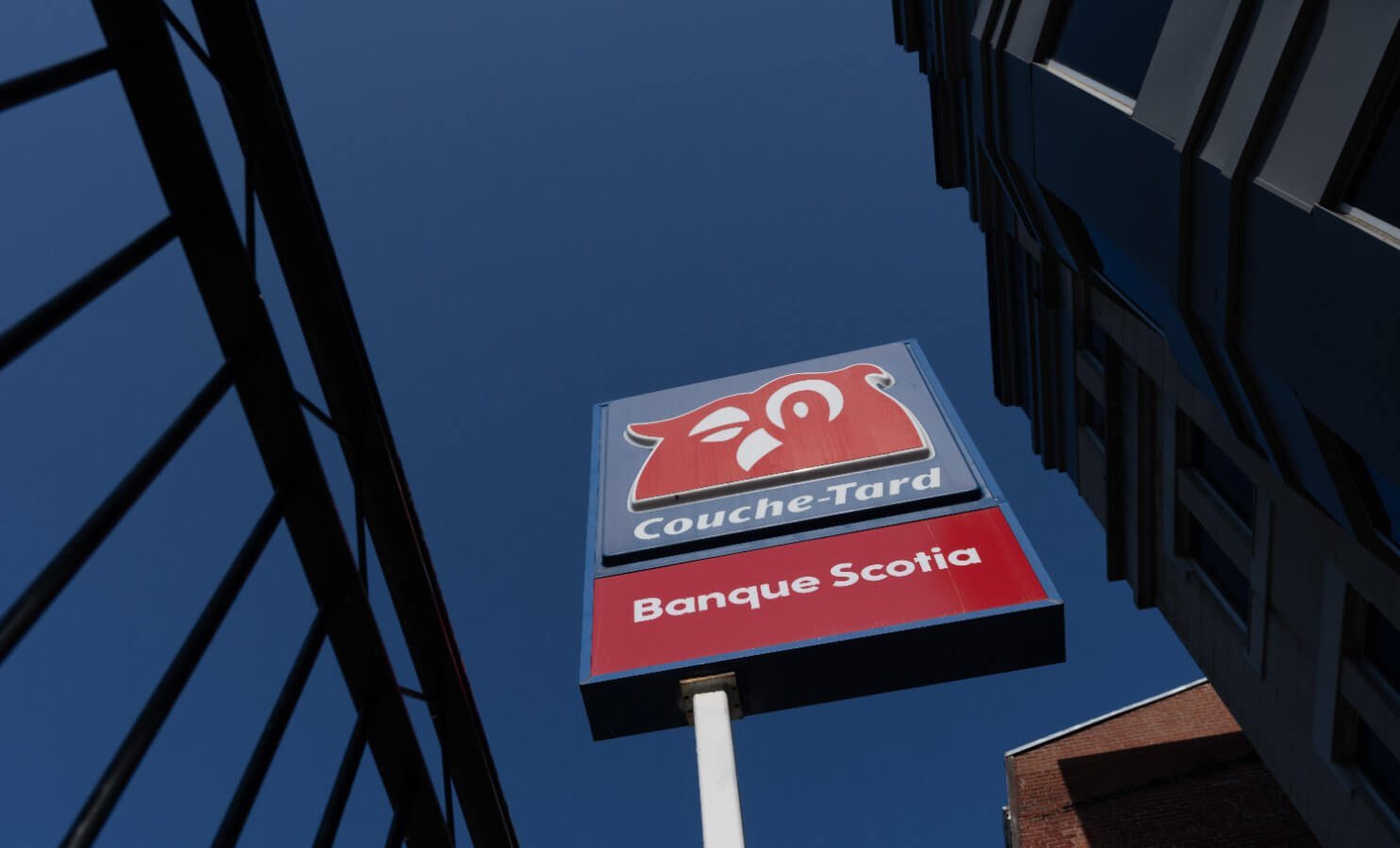A recent article in The Wall Street Journal reminds us that understanding value is critical for brand viability. The story focuses on McDonald’s. According to the reporters, the V (Value) in Ray Kroc’s QSC and V (Quality, Service, Cleanliness, and Value) has vanished. McDonald’s is struggling to recapture its customer-perceived value positioning.
This is a truth: creating, promising, and delivering value is a marketing imperative. Every brand should strive to offer the best value to its customers and prospective customers.
And, here is another truth: every customer, regardless of income, is a value-conscious customer. No one wants to purchase a poor value item or service.
One of the most dangerous elements of modern marketing is the definition of value as merely low price. McDonald’s, as well as other restaurant brands, make this mistake. Somewhere along the way, being a “good-value” brand became synonymous with being the lowest price brand. Or at least, having the best low-price deals. Value is not merely about a low price. Value and low price are not the same. Value is at the center of every purchase decision customers make. A customer considers many aspects when assessing a brand’s worth; they do not just think about price.
This article is part of Branding Strategy Insider’s newsletter. You can sign up here to get thought pieces like this sent to your inbox.
Brands that offer price deals assume the customer-perceived value is the price. This is wrong. Even deal-seeking customers know they are buying on price alone; they simply do not care. Price deals erode customer trust in a brand. Customers assume that the brand is selling only on price rather than on the brand experience. Continuous deals erode customer-perceived belief in the overall worth of the brand.
A customer’s value equation is their mental perception of the brand’s worth. The value equation considers the costs in relation to the experience received. Mercedes is excellent value to the purchaser of a Mercedes, while the purchaser of a Prius considers that brand to be the best value.
The costs of the promised brand experience comprise the denominator of the perceived value equation, whereas the total brand experience is the numerator of the equation. This worth-assessment reasoning kicks in each time a customer makes a purchase. Value is in the mind of the customer.
Customer-perceived value is a significant driver of brand loyalty. Research indicates that customer-perceived value is a better indicator of brand loyalty than satisfaction.
Deal loyalty is not real loyalty. Deal loyalists shop the deal. If a competitor has a better offer, the deal loyalist will opt for it. The deal loyalist is brand indifferent.
Most companies use some satisfaction metric as a way to understand their brand’s or brands’ loyalty. However, customer-perceived value is a more effective gauge of loyalty. Companies and brands must change not only their mindset, but also their metric.
To understand why this is the case, let’s examine the marketing concept of customer-perceived value.
Over time, customer-perceived value has evolved. In its simplest form, it was simply defined as what you get for what you pay, i.e., features and functions delivered for a sum of money, the cost.
As life became more complex and harried, marketers recognized that time and effort are costs as well. Think about the granola bar aisle in the supermarket. There are varieties based on protein, ingredients, fat content, calories, organic, gluten-free, crunchy, soft, chewy, featuring chocolate, nuts, coconut, oatmeal, dried fruit, and more. Then, there are different sizes, different brands, and different reasons to eat the bar: energy, endurance, weight control, and so forth. I could have all the time in the world, and it is still a colossal effort to figure out which granola bar is right for me. Is it worth it?
As for the total brand experience, over time, the benefits of the brand expanded to encompass both functional and emotional needs. Now, in our technological, digital environment, social benefits are also part of the equation. Social benefits deliver respect, status, recognition, connectivity, membership, and define how others perceive me. Current evidence indicates that the combined functional, emotional, and social benefits of the customer-perceived value equation directly and positively affect brand loyalty.
For McDonald’s, price should not be the only cost element considered. What about the total brand experience? What is the brand’s promise? Has McDonald’s lost its connection to its brand promise, whatever that promise is these days? Is this delivered? What about the functional, emotional, and social benefits? Are there issues with the costs of time and effort? Have self-ordering kiosks altered how customers perceive McDonald’s value? What is the value perception role in the transition to automated purchasing? Has the drive-thru experience made the McDonald’s experience a bummer? Are these elements included in the ongoing research that The Wall Street Journal describes?
In previous earnings calls, McDonald’s bemoaned the loss of customer sales among low-income customers, the McDonald’s “value-seeking” customers. However, since every customer wants good value, even those who can afford McDonald’s higher prices apparently now find that the brand no longer is a good value. The lack of excitement has dwindled across all customer segments, so it seems from the article.
The complete customer-perceived value equation is what you get (functional, emotional, and social benefits) for what you pay (the costs to the customer in terms of money, time, and effort). This creates brand value.
Yet, there is another important component that affects how customers perceive branded products and services: trust. Trustworthy means that a customer believes in the predictability of the branded experience. Being trustworthy means delivering on promises. Being trustworthy means that a company and brand behave with integrity. Raising prices without raising the experience makes a brand a poor value. Raising prices without raising the experience may have dented customer trust in McDonald’s. Customer distrust is a deep hole from which to dig your brand out.
When consumers evaluate a brand’s worth, trust acts as a multiplier in the decision-making process.
If trust in the brand promise is high, the perceived brand value is increased. If trust is low, the perceived brand value will be low. If there is no trust, it does not matter what the benefits or the costs are; if trust is zero, the value is zero. Without trust, brands have little value. This is the new value equation: what you get (expected experience) for the costs you pay, multiplied by the level of trust. This is the Trustworthy Brand Value Equation.
Building Trustworthy Brand Value needs to be embedded within the organization and its brands. There cannot be brand loyalty without Trustworthy Brand Value. There is a wealth of data to show that although satisfaction influences purchase intention, it does not directly affect repurchase behavior, whereas customer-perceived value positively influences loyalty.
Is McDonald’s tracking its trustworthiness? Based on the article, McDonald’s number-crunching is designed to identify the best prices. Yet, prices do not happen in a vacuum. There are other critical elements of value that customers consider when making their decisions.
Does the customer perceive that the brand’s value is trustworthy? What is the Trustworthy Brand Value for your offer? Value is not decided in a conference room. Marketers do not determine value. Marketers determine price. Marketers determine benefits. But marketers do not determine value. Customers do. Instead of deciding what to charge based on costs, companies should determine if the asking price would be a customer-perceived trustworthy value. The marketing aim is to be perceived as the best value at the offered price point.
Of course, it becomes complicated when franchisees and corporate are at odds about pricing. However, the current situation is more than just a matter of price. The brand’s trustworthy brand value equation appears to be out of whack.
At The Blake Project, we understand that building brand value is an ongoing challenge; standing still is brand value extraction, and living off the inherited momentum of a brand’s past success is brand suicide. We believe that to increase shareholder and stakeholder value, a brand must be the most efficient and productive provider of a branded offer that customers value. Creating Trustworthy Brand Value for customers can generate brand loyalty.
For real loyalty, trust is a must. Customer-perceived Trustworthy Brand Value is essential because, without trust, there is no perceived value. Customer-perceived Trustworthy Brand Value is a superior alternative for building brand consideration, preference, and loyalty. This leads to enduring profitable growth by attracting more customers who will purchase more frequently, become more loyal, and ultimately result in increased revenues and profits.
Contributed to Branding Strategy Insider by: Joan Kiddon, Partner, The Blake Project, Author of The Paradox Planet: Creating Brand Experiences For The Age Of I
At The Blake Project, we help clients worldwide, in all stages of development, define and articulate what makes them competitive and valuable at pivotal moments of change. Please email us to learn how we can help you compete differently.
Branding Strategy Insider is a service of The Blake Project: A strategic brand consultancy specializing in Brand Research, Brand Strategy, Brand Growth, and Brand Education
Post Views: 39








